Ever pulled a load of laundry out of the washer, only to find your favorite white shirt has turned an odd shade of pink? Color bleeding is a common laundry mishap, but the good news is that it can be prevented with a few simple steps. From washing techniques to home remedies, we’ve got you covered so your clothes stay as vibrant as the day you bought them.
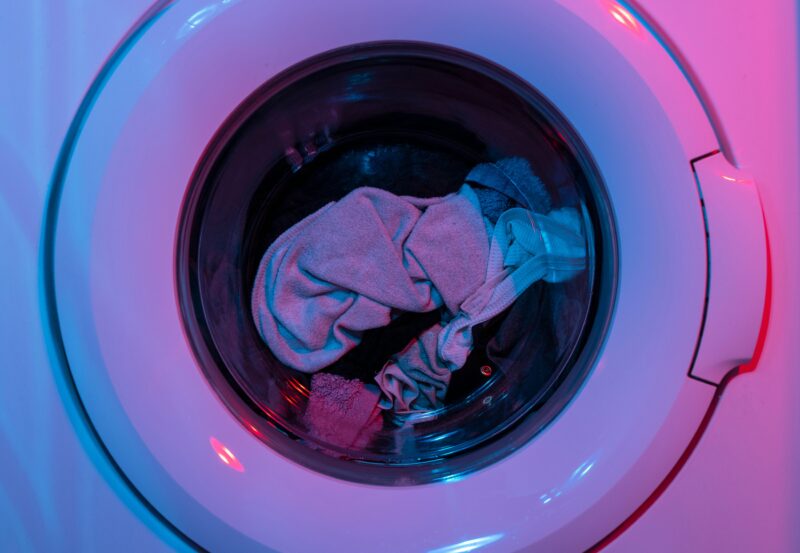
Color bleeding happens when dyes leach out of fabric during washing and transfer to other garments. It’s most common with new clothes that haven’t had excess dyes washed away, as well as brightly colored or deeply saturated items. Factors like hot water, friction, and fabric type can also increase bleeding. Natural fibers such as cotton, silk, and linen are particularly prone to dye transfer, while synthetic fibers like polyester are generally more colorfast.
Understanding why this happens is the first step toward prevention—and keeping your entire wardrobe safe!
The best way to protect your clothes from unwanted dye disasters is to make smart upfront choices. Follow these tips every time you do laundry:
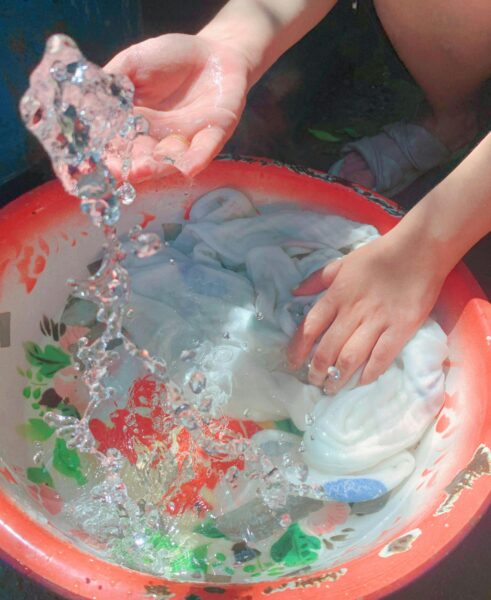
Not sure if a garment is safe to wash with others? Here’s a quick test:
A few minutes spent testing can save hours of frustration later!
Setting dyes in fabric isn’t just for manufacturers—you can do it at home too! Here are two methods that work wonders:
Dye fixatives are specially formulated products that chemically bond dye to fabric, reducing bleeding. Simply follow the instructions on the packaging for best results. These are particularly effective on cotton fabrics and richly dyed clothes.
A natural alternative to commercial products, white vinegar can help stabilize dyes. Add ½ cup of vinegar or 1 tablespoon of salt to a cold water soak, and let the garment sit for 30 minutes before washing. This simple trick works especially well for setting darker hues.
Even if you’ve pre-treated your clothes, your laundry habits play a major role in preventing mishaps. Follow these best practices:
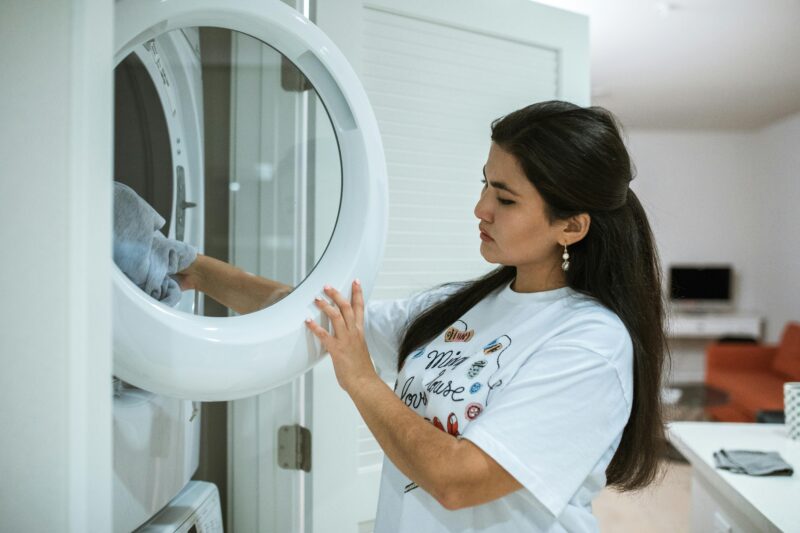
Here’s a quick comparison of useful laundry tools and their benefits:
| Tool | Purpose | Effectiveness |
|---|---|---|
| Dye Fixatives | Bonds dye to fabric | High |
| White Vinegar | Sets dyes naturally | Moderate |
| Color Catcher Sheets | Absorbs loose dye | High |
If bleeding has already occurred, all is not lost! Here’s how to fix the issue:
Avoid drying the garment until the unwanted color is removed, as heat can set the dye permanently.
Laundry disasters shouldn’t come between you and your favorite clothes. With these actionable tips, you’ll not only avoid color bleeding but also keep your wardrobe looking fresh and fabulous. What’s your go-to method for preventing laundry mishaps? Share your tips in the comments below—let’s swap stories!
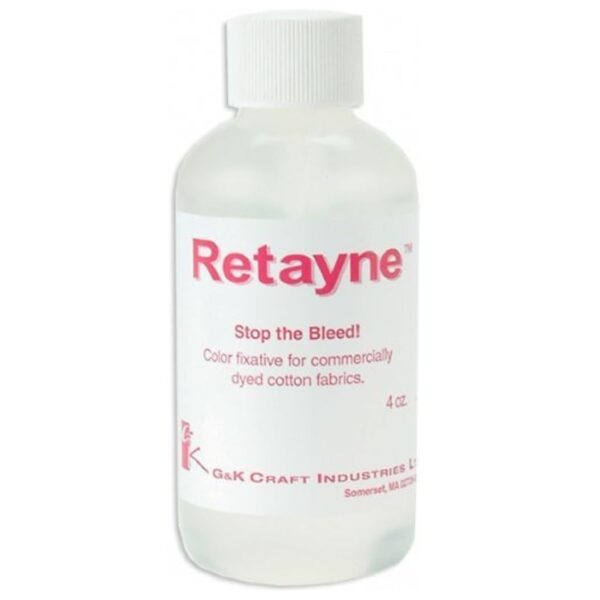
Craft-GKRET-Retayne-Fixative-4-Ounce/dp/B000YZ5HL8
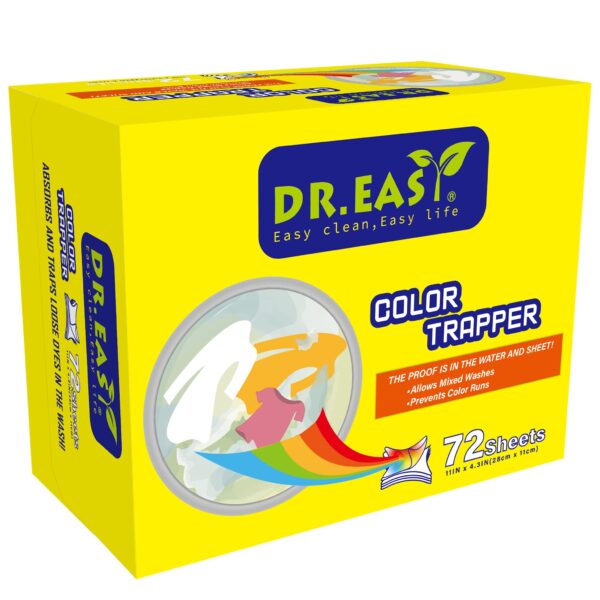
DR-EASY-Trapper-fluorescent-unscented-Chemicals/dp/B09HC35K2S
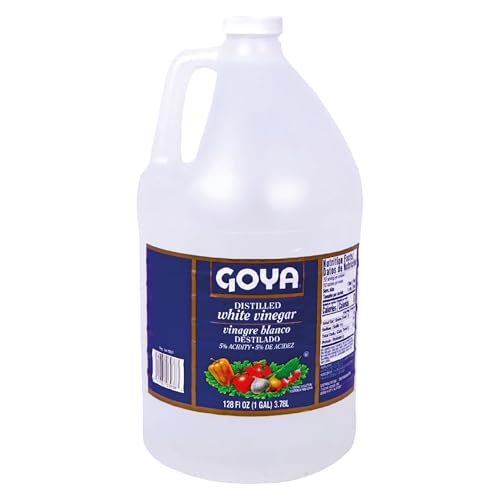
Goya-White-Vinegar-Distilled-Gallon/dp/B087B9VPN4
I hope this guide helps keep your laundry looking as fresh and vibrant as ever! It's always a bit disheartening to see your colors mixed where they shouldn't be, but with these tips, you'll have fewer laundry surprises. If you're as passionate about maintaining your wardrobe as we are, you might also enjoy keeping up with our latest hacks and inspirations across social media. We love sharing new ideas and would be thrilled for you to join our growing community. Follow us on Pinterest for more creative tips, or catch up with us on Instagram for visual delights. If short bursts of inspiration are your thing, join the conversation on X, and don't forget to like and follow us on Facebook for even more exciting content! Happy laundering, and here's to keeping your fabrics as lively as your social feeds!
To prevent color bleeding, use cold water when washing clothes. Cold water keeps the fibers tightly closed, locking in the dye and minimizing bleeding. Selecting the cold wash setting on your machine generally resolves most color bleeding issues and can extend the lifespan of your garments.
Red garments have a higher tendency to bleed. For the initial washes, cleanse red clothing separately in cold water to avoid dye transfer. Adding vinegar during the final rinse cycle can help secure the dye and further reduce bleeding.
To minimize hair dye bleeding, use cool water, which helps seal the hair cuticle, ensuring even color distribution. Use a sulfate-free shampoo and conditioner, washing with lukewarm water and rinsing with cold water. This approach reduces bleeding effectively.
New clothes often contain surplus dye that is not fully set and can transfer. Before their first wash, soak them in a solution of water with either white vinegar or salt. This process helps set the dye, decreasing the chance of bleeding in future washes.

Immerse yourself in architecture’s most boundary-pushing ideas—where innovative home improvements meet visionary urban developments. Discover new building techniques, materials, and creative concepts that are redefining how we shape our spaces on a global scale.